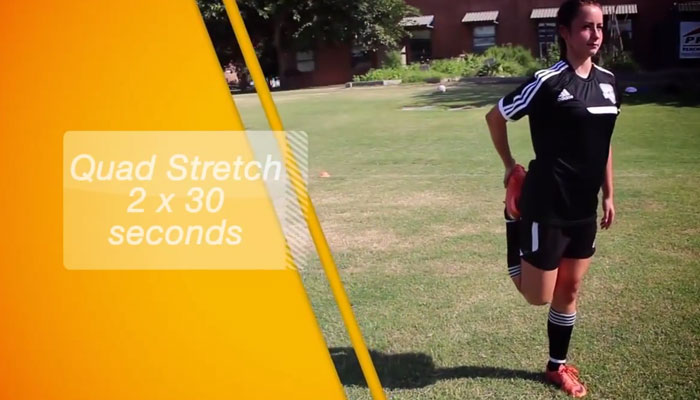What can I do to help my knee pain?
There are several possible causes of knee pain that only a doctor will be able to diagnose and properly treat; however, there are a few natural remedies that can be utilized at home that have the potential to help reduce pain and swelling. Depending on the type and severity of the injury, R.I.C.E., light physical activity, and gentle stretching may help alleviate some pain.
R.I.C.E. (Rest, Ice, Compression, Elevation)

If a recent sprain or injury to soft tissue has occurred (a common occurrence for athletes or individuals participating in strenuous exercise), giving the knee rest, ice, compression, and elevation (R.I.C.E.) may help reduce pain and inflammation.
Rest: Any strenuous activity that could cause the knees to undergo high impact should be avoided. Depending on the extent of the injury, light walking has the potential to reduce knee pain as it keeps the blood flowing and helps prevent stiffness due to lack of movement. However, if walking causes an increase in the level of pain, total rest may be best.
Ice: Placing ice or a cold compress on the knee may reduce swelling and pain. How long or how often the knee should be iced varies, but the 20-minute rule is a good place to start - icing the knee for no more than 20 minutes at a time, and allowing at least a 20-minute break before re-applying the ice. Ice should never be applied directly to the skin but rather applied through a cloth to prevent frostbite.
Compression: Applying a wrap or sleeve may reduce pain as it provides stability to the knee. When deciding how tight compression should be, the wrap or sleeve should be tested to ensure it has a snug and supportive fit without causing additional pain or cutting off circulation.
Elevation: To help reduce swelling, it can be helpful to rest and elevate the knee. When considering how high the knee should be elevated, it is best to have the knee be higher than the level of the heart but not so high that elevation creates additional discomfort. Stacking a pillow (or a few) is a good way to achieve the proper height.
Physical Activity
Stretching
Although the knee itself is a joint, stretching the calf, hamstring, and quadricep muscles can be helpful since they surround and support the knee. To stretch the hamstring, sitting on the floor with the leg straight out in front and slowly reaching toward the toes can give a gentle stretch. To stretch the quad, it can be helpful to stand next to a wall and use one hand on the wall to support, with the other hand grabbing the ankle and gently pulling upwards. A good exercise for stretching the calf is to stand facing a wall with the toes on the wall and the heel on the ground while gently leaning forward. All of these stretches have the potential to release tension and improve circulation of the muscles surrounding the knee, but if any of the movements worsen the pain they should be avoided.
If you are still experiencing ongoing knee pain after taking these steps, Capitol Pain Institute offers multiple therapy options that can help treat the most common sources of knee pain. Whether you’re suffering from pain caused by an injury, over-use or arthritis, Capitol Pain Institute’s pain management doctors can help you get the relief you need.
Only a doctor will be able to thoroughly examine, assess, and diagnose the probable causes of knee pain, but in the meantime, rest, ice, compression, elevation, low-impact exercise, and stretching may help reduce or alleviate knee pain at home. When implementing any at-home remedies, it is important to continuously monitor the knee and avoid doing anything that worsens the pain. Between caring for your knee at home and conversations with your doctor, there is a high probability that pain can be decreased and comfort level increased in both the imminent and distant future.
